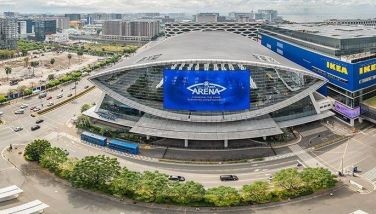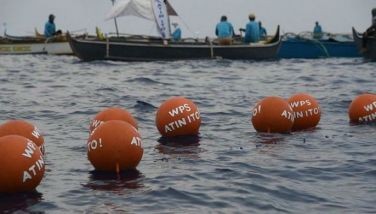The kinds of public transportation
In last Thursday’s article, we said that public transportation is either rail-based or bus-based. Well, that’s just actually for the land transport since most sea- and air-based transport are public in nature – very few people actually move around using their private boats or planes. So, in the history of land public transportation, rail-based and wheel-based vehicles were developed. There’s actually a third kind – cable-based, but these are very few and are of lesser moving capacity, too. But there is a growing interest nowadays, especially in areas which are not flat because cable cars are seen to be an escape from traffic jams.
Technically speaking, there is not much difference between bus-based or rail based mass transport systems. Their historical development may not have happened at the same time – one preceded the other by more than half a century. But the mechanics and technical schematics of the two are the same. There are many kinds of rail-based transport, of course – the trams of decades past, the trains of the 20th century, the recent-day monorails, light rail transits (LRTs) and mass rapid transits (MRTs), subway trains which travel underground, and the metros. Their differences are mostly on their weight and capacity.
What further muddles the differentiation nowadays is that the differences are already mixed-up. While ordinarily their capacity is rated on an increasing denomination as I have enumerated above, it is not uncommon today to find monorails which have higher capacities that that would have been rated for an LRT. And it is confounded by the fact that newer vehicles are developed which have more capacity and faster speeds. Closer to home, we see LRT-1 and LRT-2 in Manila which are actually operating as metros. Funnier, MRT-3 in EDSA actually has smaller coaches than the LRT. Don’t let the names confuse you. It is more prudent nowadays to only refer to them as railways with their specific capacities.
In the middle of the last century, the trains became fashionable. And people’s fixation on trains persisted to this very day. Bus-based mass transport remained just an article in Civil Engineering textbooks – academically more cost-effective and economical but without real-life examples to show. Not until in the late 70s when Mayor Jaime Lerner developed the Rede Integrada de Transporte, or “RIT” of Curitiba, Brazil. The RIT is considered as the world’s first bus rapid transit (BRT). It’s basically the same as all other rail-based transits, only that they used buses instead of trains. But all other aspects of operations are similar.
It is important to note that in all the time in history of the development of rail-based transport, buses became a major player, too, and developed on its own in terms of size, capacity, configuration, and propulsion (the kind of engine which drives them). But bus operations are entirely different from train operations. When the BRTs started to develop, first in Curitiba, then in Bogota, Columbia, their operations were exactly the same as that of rail, and entirely different from existing buses in those times. That’s why when you start to study these systems, you will realize that BRTs are much more closer to LRTs than to buses. This is the reason for the misunderstanding sometimes, because most people, when asked about the BRT will immediately think of buses and how they operate.
It must be because of the fear of the “less-understood” that it actually took more than two decades for the idea to become acceptable. Curitiba’s RIT remained as the only major bus-based system from the 70s up to 1999 when Mayor Enrique Peñalosa decided to build a bigger one in Bogota. Thus, after 20 years and at the turn of the century, and the millennium, TransMilenio started operations. Aptly named, for after 12 short years, there are now more than a hundred BRTs in operation or being developed all over the world. (to be continued… For more info, please search RIT/TransMilenio on the Internet.)
- Latest
- Trending






























